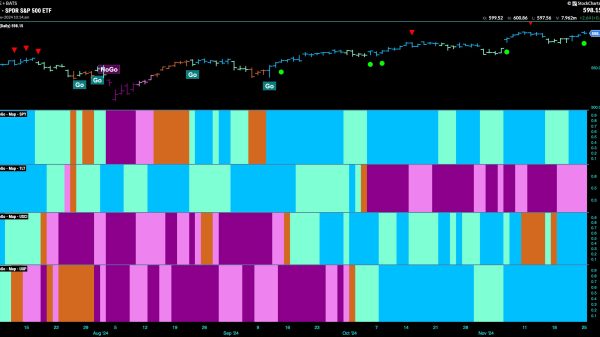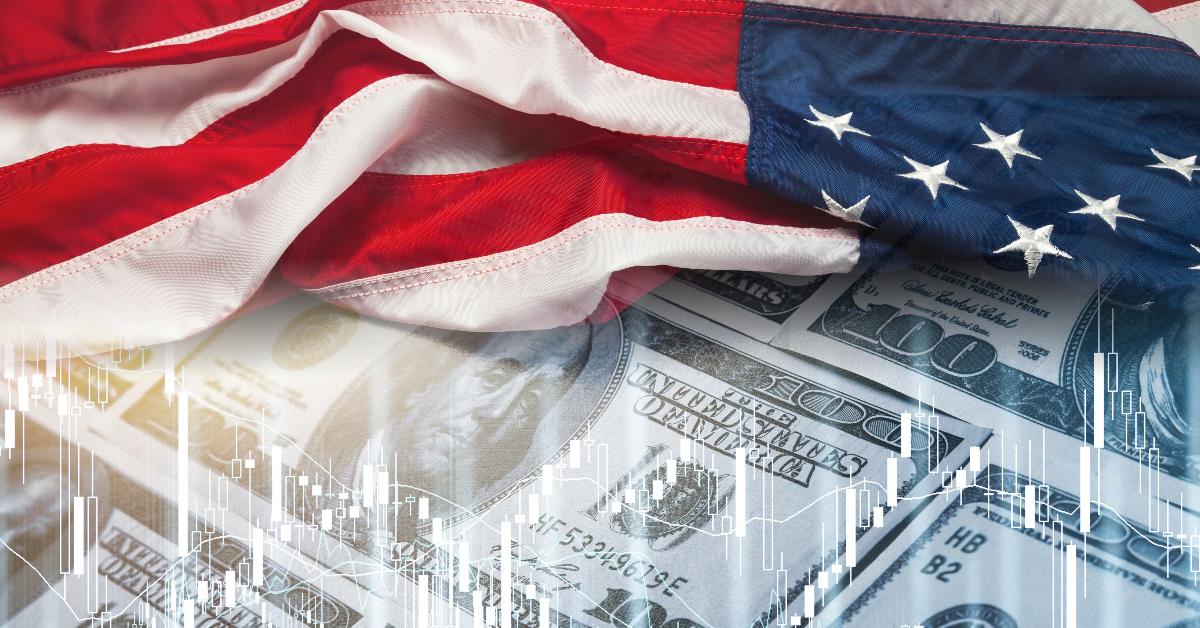Those who have been predicting a recession in the United States and an associated stock market crash seem to be having a hard time. At least, it appears so. US gross domestic product grew by 2.1 percent in Q2 2023, after growing 2.0 percent in Q1; the unemployment rate was rather low at 3.8 percent in August 2023; and the S&P 500 was at 4,460 points, around 10 percent below the index record of 4,818 points from January 2022. Yet, there are many variables that yield a point to the prophets of doom.
For instance, high inflation has reduced the real incomes of people and businesses, lowering their demand for goods and services. The increase in credit costs, which began in early 2022 with the Federal Reserve interest rate hike, should (at least) slow down consumption and investment—and lead to more loan defaults. In addition, the US yield curve is severely inverted, signaling an imminent recession.
Not to be forgotten is the downward pressure on asset prices—real estate, in particular—caused by the rise in yields. This puts pressure on banks and makes them more cautious about taking on additional credit risks. The supply of borrowable funds to consumers and businesses is drying up and becoming more expensive compared to the cheap and plentiful credit supply in the last decade. When bank credit growth slows down, the economy’s money stock growth slows down as well.
The latest data for the US shows that bank lending growth has declined considerably—declining 0.5 percent year over year in August, down from 10.1 percent year over year in August 2022. This, in turn, impacts the money stock M2, which fell by 3.7 percent year over year in July. (It should be noted that, in addition to lower bank lending, other factors were also at work—such as interest rate–induced shifts from bank deposits included in M2 to those not included in M2, which contributed to the reduction in the US commercial bank money stock.)
While all this is undoubtedly the case, the “time factor” must also be considered in this context.
Put simply, it takes time for higher credit and capital costs to impact the broader economy. In fact, the economic and financial effect of increased borrowing costs will materialize gradually over time, in small increments, so to speak. Borrowers typically have a debt maturity profile. This means that not all of their total debt will be due at the same time, with maturities spread out over the years. So, only a part of a firm’s loan portfolio will have to be refinanced at higher interest rates in 2023.
Over time, however, credit costs rise as a growing portion of the outstanding debt must be refinanced at higher interest rates. In the course of this development, the trouble begins—and things start to get messy. Higher credit costs reduce firms’ profits, while increased interest rates curb the demand for their goods and services. These are the typical conditions under which the economy slows down or even contracts.
Of course, in such a scenario, the government may increase its deficit and try to fend off recession by boosting overall demand. This is, however, a risky undertaking when government debt is already very high and borrowing costs are elevated. Investors could all too easily question the effectiveness of an increased deficit spending program and become concerned about the government’s creditworthiness—with potentially disastrous consequences.
Even though it appears to have been premature for the doomsayers to predict a recession and a stock market crash, it may have become clear that “all is not going well.” Perhaps most important in this context is the issue of valuation levels. Clearly, the rise in interest rates in the last eighteen months or so has already significantly impacted many asset markets—just think of the real estate sector. However, the asset price revaluation phase may not have reached its final stage.
For example, US stock prices show a rather pronounced disconnect from the bond market. This suggests that stock prices are either headed for a downward correction—granted that bond prices remain at current levels or continue to fall—or that bond prices will correct upward to support higher stock prices, or a combination of both will happen with slightly lower stock prices accompanied by slightly higher bond prices.
Undoubtedly, the key questions are: Will interest rates remain at elevated levels, or will they continue to rise? On the other hand, will interest rates return to the downward trend they had been on since the early 1980s until around 2022? Answering these questions amounts to making a truly “big call.” Undoubtedly, quite a few considerations must be made that allow both higher and lower interest rates to be predicted going forward.
Either way, the answer to these questions will most likely be compatible with making a case for holding physical gold and silver. This is because higher interest rates are likely to result in a rather large-scale “credit event,” while further declining yields would signal the (expected) return to inflationary monetary policy—an attempt to boost asset prices, devalue the currency, and overcome the recession, whatever it takes.
One thing is certain, though. The storm that hasn’t reared its ugly head yet will come in the form of recession, high unemployment, and—if central banks lower interest rates again and keep increasing the money supply—chronic high goods price inflation.
























